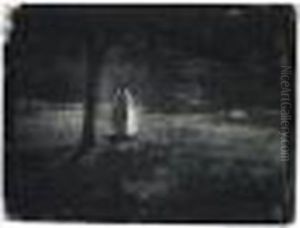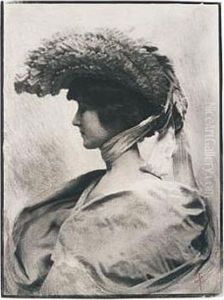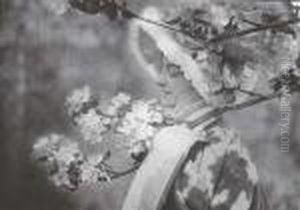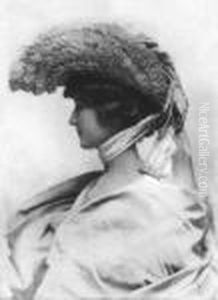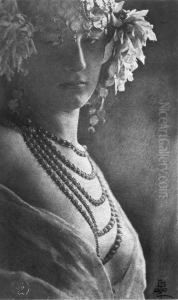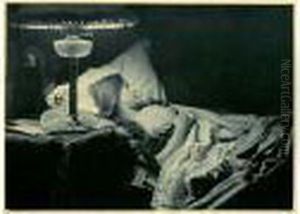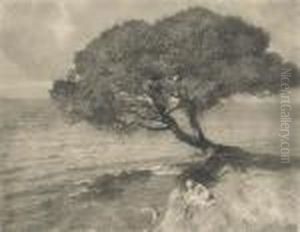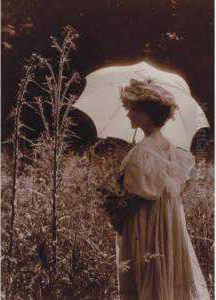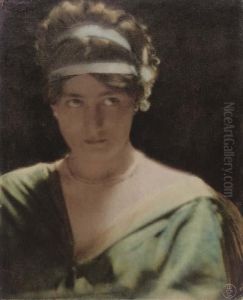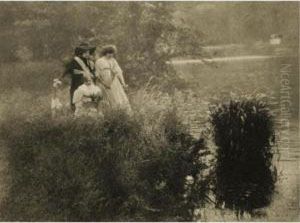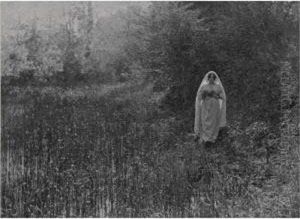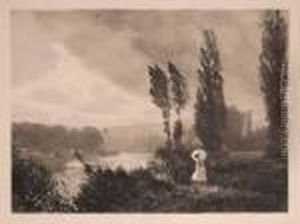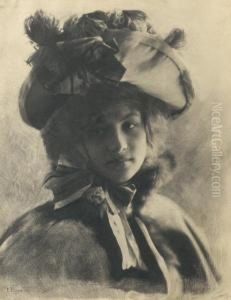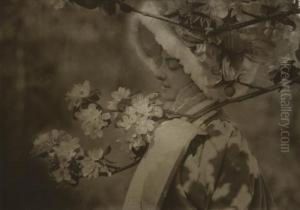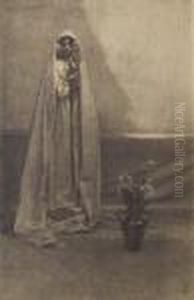Constant Emile. Puyo Paintings
Constant Emile Puyo was a prominent French photographer known for his significant contributions to the Pictorialist movement in photography during the late 19th and early 20th centuries. Born in Morlaix, Brittany, Puyo was initially trained as an artillery officer in the French army, but his passion for photography led him to pursue it as a serious hobby. By the 1890s, Puyo had become a leading figure in the Pictorialist movement, which sought to elevate photography to the status of fine art through the use of techniques that mimicked the qualities of paintings and etchings.
Puyo's work is characterized by its soft focus, use of light and shadow, and often ethereal or dreamlike qualities, which were achieved through various experimental techniques, including gum bichromate printing and other manual processes. He was particularly interested in landscapes, portraits, and the female form, exploring these subjects with an artistic sensitivity that was ahead of his time.
In 1894, Puyo joined the Photo-Club de Paris, an influential group of photographers dedicated to advancing the artistic potential of photography. He played a significant role in the club, contributing to its exhibitions and publications, and promoting the Pictorialist aesthetic. Puyo also authored several books and articles on photographic techniques and aesthetics, sharing his knowledge and insights with a wider audience.
Beyond his contributions to Pictorialism, Puyo was instrumental in the fight for the recognition of photography as an art form in its own right. His efforts, along with those of his contemporaries, helped to establish photography as a legitimate medium of artistic expression, paving the way for future generations of photographers.
Puyo continued to be active in the world of photography until his retirement in the 1920s. Despite the shift towards modernism and the decline of the Pictorialist style, his work remained influential. Today, Constant Emile Puyo is remembered as a pioneer of artistic photography, whose vision and techniques left a lasting impact on the field.
